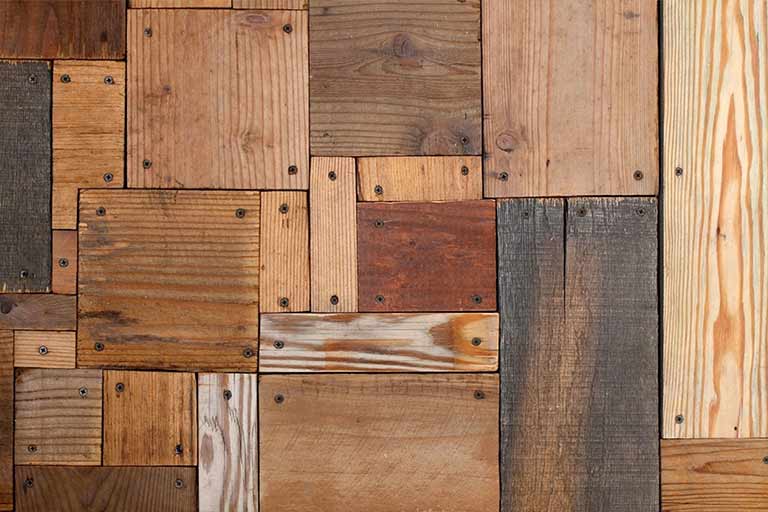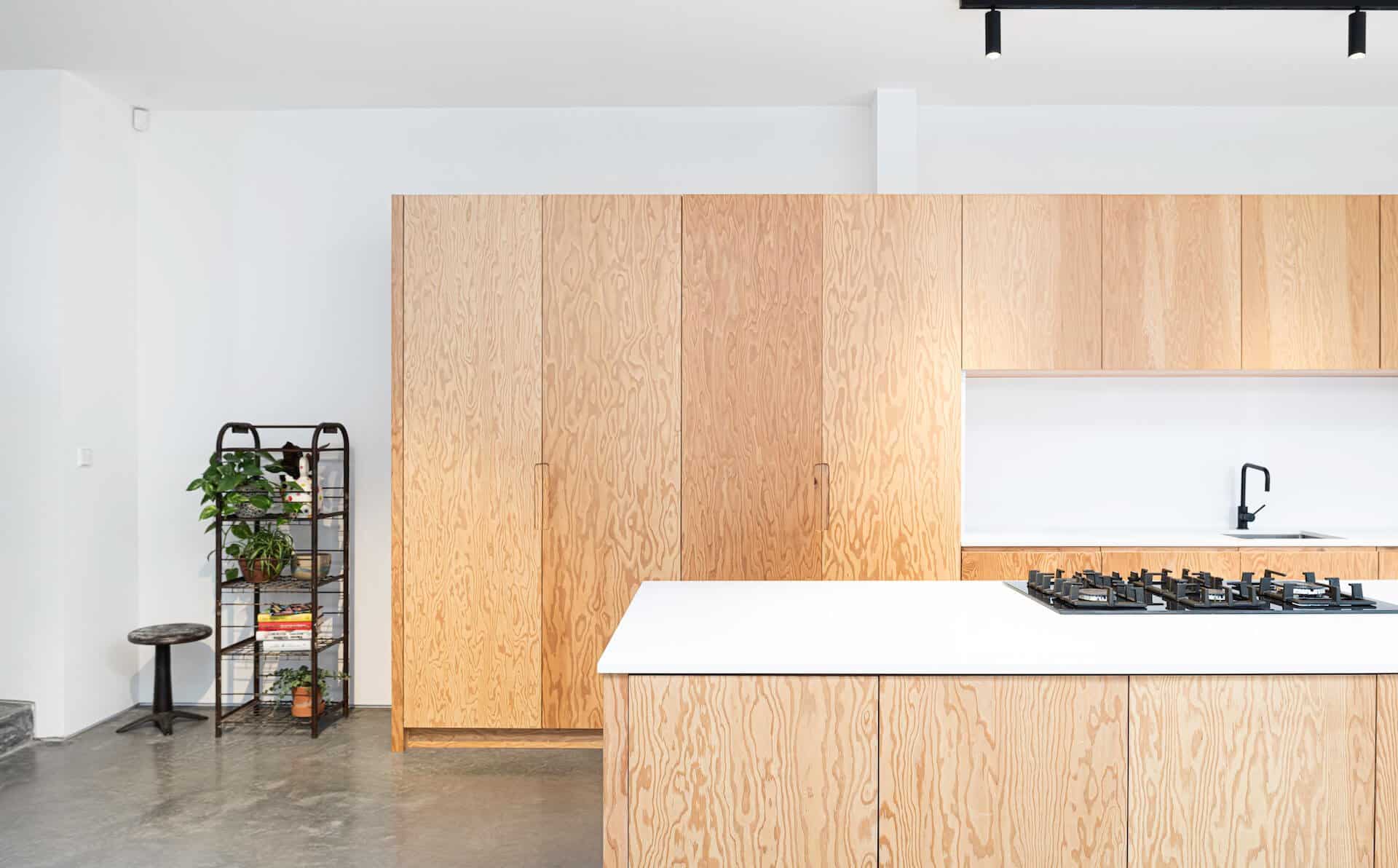Preparing Plywood Cabinets for Staining

A smooth surface is essential for achieving a beautiful and even stain finish on plywood cabinets. Sanding is crucial to remove any imperfections, create a uniform texture, and allow the stain to penetrate evenly.
Sanding Plywood Cabinets
Sanding plywood cabinets is a necessary step to ensure a smooth and even surface for staining. It removes any imperfections, creates a uniform texture, and allows the stain to penetrate evenly. Here’s a detailed guide on sanding plywood cabinets:
Types of Sandpaper
Sandpaper is available in various grits, each serving a specific purpose. Here’s a breakdown of the common types:
* Coarse Grit (40-80): Used for removing significant imperfections, such as rough edges or deep scratches.
* Medium Grit (100-180): Used for smoothing out the surface and removing any remaining imperfections.
* Fine Grit (220-400): Used for creating a smooth, even surface and preparing the wood for staining.
* Ultra-Fine Grit (600-1200): Used for polishing the wood and achieving a very smooth finish.
Sanding Process
The sanding process involves a progressive approach, moving from coarser grits to finer grits to achieve a smooth and even surface. Here’s a step-by-step guide:
1. Prepare the Workspace: Ensure a well-ventilated area and wear a dust mask and safety glasses to protect yourself from sanding dust.
2. Start with Coarse Grit: Begin with a coarse grit sandpaper (40-80) to remove any major imperfections or rough edges. Sand with the grain of the wood.
3. Progress to Medium Grit: Move to a medium grit sandpaper (100-180) to smooth out the surface and remove any remaining imperfections. Sand with the grain of the wood.
4. Finish with Fine Grit: Use a fine grit sandpaper (220-400) to create a smooth, even surface and prepare the wood for staining. Sand with the grain of the wood.
5. Optional: Ultra-Fine Grit: For a very smooth finish, use an ultra-fine grit sandpaper (600-1200) to polish the wood. Sand with the grain of the wood.
Sanding Stage & Grit Progression
The following table Artikels the sanding process, including the sanding stage, sandpaper grit, purpose, and tips:
| Sanding Stage | Sandpaper Grit | Purpose | Tips |
|---|---|---|---|
| Initial Sanding | 40-80 | Remove major imperfections, rough edges, and uneven surfaces. | Sand with the grain of the wood. Apply firm pressure, but avoid sanding too deeply. |
| Smoothing Sanding | 100-180 | Smooth out the surface and remove any remaining imperfections. | Sand with the grain of the wood. Use lighter pressure than the previous stage. |
| Final Sanding | 220-400 | Create a smooth, even surface and prepare the wood for staining. | Sand with the grain of the wood. Use very light pressure. |
| Polishing (Optional) | 600-1200 | Achieve a very smooth finish. | Sand with the grain of the wood. Use extremely light pressure. |
Choosing the Right Stain for Plywood Cabinets

Transforming your plywood cabinets with stain can be a rewarding project, and choosing the right stain is crucial to achieving the desired look. Understanding the different types of wood stains and their characteristics will help you make an informed decision.
Types of Wood Stains
The type of stain you choose will significantly impact the final finish of your plywood cabinets. Here’s a breakdown of the most common types:
- Oil-Based Stains: Oil-based stains are known for their deep penetration into wood, resulting in rich, even color. They offer a durable finish and are typically more forgiving to work with, allowing for easy blending and correction. However, they take longer to dry, require proper ventilation, and can be difficult to clean up.
- Water-Based Stains: Water-based stains are becoming increasingly popular due to their faster drying time, low odor, and ease of cleanup. They are also more environmentally friendly. However, they may not penetrate wood as deeply as oil-based stains, resulting in a less intense color. They can also raise the grain of the wood, requiring sanding before applying a topcoat.
- Gel Stains: Gel stains are a thicker, gel-like consistency that allows for easier application and less dripping. They offer good penetration and a durable finish. However, they can be more expensive than other types of stains and may require more coats for a consistent color.
Choosing the Right Stain Color, How to stain plywood cabinets
The color of the stain will significantly impact the overall look of your plywood cabinets. Consider the following factors when choosing a stain color:
- Desired Look: Do you want a natural, warm, or cool tone? Consider the style of your kitchen or bathroom and the existing décor.
- Existing Décor: The stain color should complement your existing furniture, flooring, and countertops.
- Lighting: The way light interacts with the stain color will influence the final look. Consider the amount of natural light in your space.
Testing Stain Colors
Always test the stain color on a small, inconspicuous area of the plywood before applying it to the entire cabinet. This will help you visualize the final color and ensure you’re happy with the results.
- Choose a hidden area: Select a small section of the plywood that won’t be visible after the cabinets are assembled.
- Apply a thin coat: Apply a thin, even coat of the stain to the test area and let it dry completely.
- Assess the color: Once dry, assess the color in natural light. If the color is too dark or light, you can adjust the stain concentration or choose a different color.
Staining Plywood Cabinets: How To Stain Plywood Cabinets

Staining plywood cabinets is a great way to enhance their appearance and give them a unique, custom look. With the right techniques and materials, you can achieve stunning results that transform your cabinets from plain to polished.
Applying Stain
Applying stain to plywood cabinets requires a careful approach to ensure even coverage and a professional finish.
The most common methods for applying stain are:
- Brush: Using a natural-bristle brush is a traditional method, offering excellent control for reaching corners and crevices. Dip the brush into the stain, remove excess, and apply in thin, even strokes along the grain.
- Cloth: A soft cloth, such as a lint-free rag, is ideal for applying stain in a more subtle manner. Dampen the cloth with stain and gently rub it onto the surface, following the grain direction. This technique is particularly effective for achieving a more distressed or antique look.
- Sprayer: A paint sprayer can provide a fast and even application of stain, especially for large surfaces. However, ensure the sprayer is specifically designed for stain and that you use a fine mist to avoid over-application.
Regardless of the method, remember to apply stain in thin coats and allow ample drying time between each coat. This ensures proper penetration and prevents uneven color.
Wiping Excess Stain
After applying the stain, it’s crucial to wipe off any excess to prevent streaking and maintain a smooth finish.
Important: The drying time for stain can vary depending on the type of stain and the ambient temperature. Always refer to the manufacturer’s instructions for specific drying times.
Use a clean, lint-free cloth to gently wipe away any excess stain. Work with the grain and apply light pressure. For darker stains, you might need to wipe more thoroughly to remove excess.
Safety Precautions
Staining plywood cabinets involves working with chemicals, so it’s essential to prioritize safety:
- Protective Gloves: Always wear gloves to protect your hands from stain contact, which can cause irritation or allergic reactions.
- Mask: Use a respirator mask to prevent inhaling stain fumes, which can be harmful to your respiratory system.
- Ventilation: Work in a well-ventilated area, preferably outdoors or with fans to circulate air.
How to stain plywood cabinets – Giving your plywood cabinets a rich, stained finish can be a rewarding DIY project. If you’re looking for inspiration, consider the sleek, modern designs of a crate barrel bar cabinet , which often feature stained wood finishes. Whether you opt for a classic walnut or a contemporary gray, staining plywood cabinets allows you to personalize your space and create a look that reflects your unique style.
Staining plywood cabinets is a great way to add a touch of personality to your kitchen or bar area. If you’re looking to create a dedicated space for entertaining, consider a bar cabinet with space for mini fridge.
This type of cabinet can provide ample storage for your favorite spirits and mixers, while also offering a convenient spot for a mini fridge to keep drinks chilled. Once you’ve built your bar cabinet, you can then apply a stain to enhance the natural beauty of the plywood and give it a polished, professional look.
